By Joe Berk
Until this summer, if anyone had mentioned Cordoba to me my first thoughts would have been of Fernando Llamas and fine Corinthian leather. Men and women of a certain age will remember the Chrysler commercials of the ’70s and ’80s:
But I digress. This blog is about the real Córdoba. The one in Spain. I haven’t finished telling the story about our visit to Spain (I still have three or four blogs to go). This blog continues the journey, and our enfoque del día (focus of the day) is Córdoba. We traveled to Córdoba after our visit to Portugal.
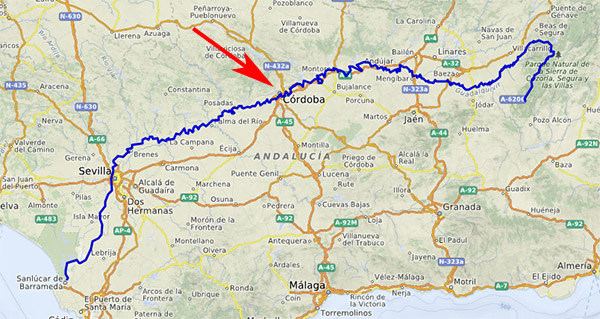
Córdoba is in southern Spain (in the Andalucia Province) along the Guadalquivir River. The photo at the top of this blog is where we walked across the Guadalquivir River into the center of the old city. The bridge across the Guadalquivir was built by the Romans and for 2000 years it was the only bridge into the city. As we walked across the bridge and entered Córdoba, I noticed a couple posing for wedding photos in the now dry moat.
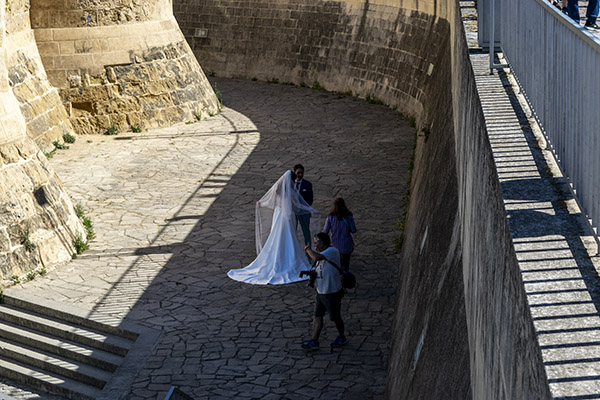
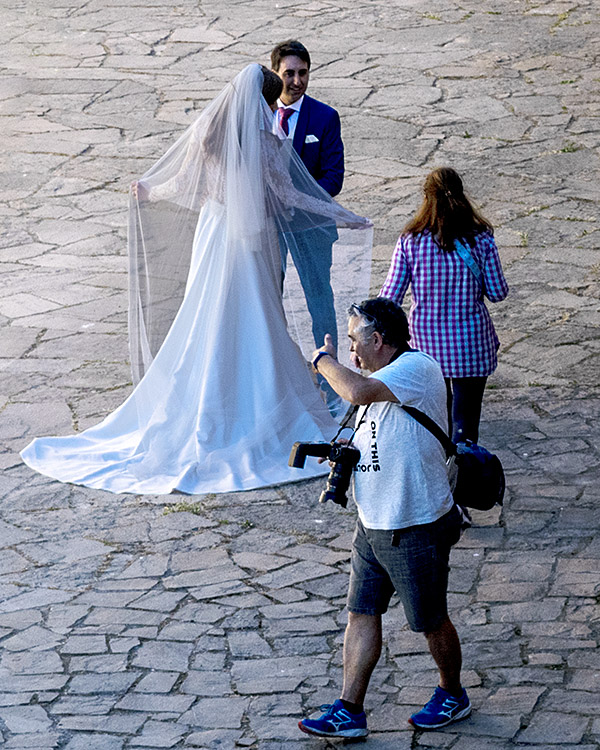
Córdoba is a World Heritage site with an impressive history and stunning architecture. The city was part of the Roman Empire, then it was conquered by the Visigoths, then the Muslims (when it became part of the Caliphate of Córdoba), and finally, the Christians when they conquered it in 1236. When the Muslims were the landlords, Córdoba became one of the world’s centers of knowledge and education.

One of Córdoba’s principal attractions is the Mezquita-Catedral. It began life as a mosque in 784 – 786 AD when Abd al-Rahman I built it. I took the following photos using the fisheye 8mm Rokinon lens I’ve written about before. Using that lens requires doing everything manually (focus, shutter speed, ISO, and f/stop). I’ll usually have to take a few shots to get the camera dialed in using the onboard histogram. I set the ISO high (12,800) to get the speed (i.e., the camera’s light sensitivity) high enough for the dimly-lit mosque interior. That induces a lot of noise into the photo, but the noise mostly disappears when the photos are resized from their native 6000 x 4000 pixel size (at 300 dots per inch, or dpi) down to a 600 x 400 pixel, 72 dpi size for the blog.
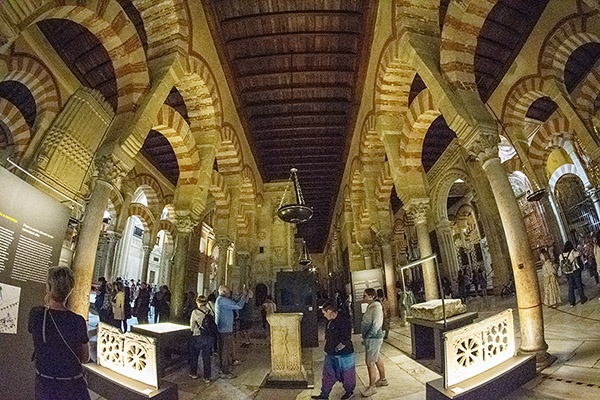

Another option for these kinds of shots would be to shoot at a much lower ISO speed (say, 200 or 400 ISO) with the camera on a stable tripod. That would get rid of the noise, but exposure times would have gone up dramatically. I didn’t want to carry a tripod for a lot of reasons, so that approach was out. You might be wondering about using flash, but that’s a nonstarter, too. Most of these places don’t allow flash photography, and even if they did, the flash is only good for a few feet. Available light, no tripod, and high ISO is the way to go here.
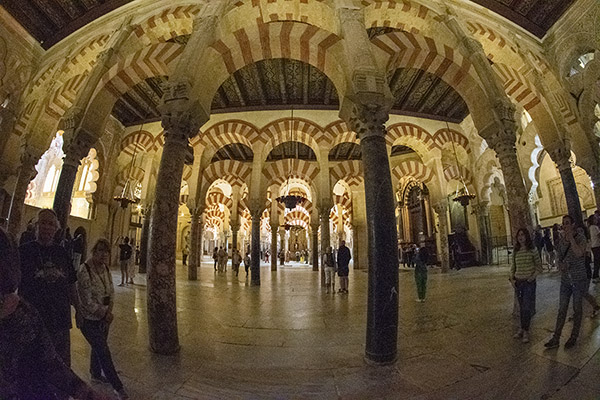

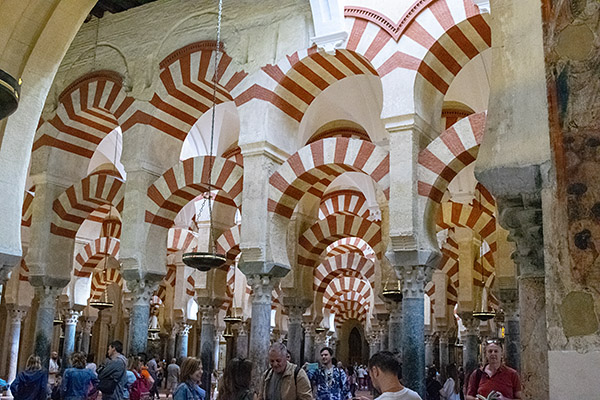

When the Christians conquered Córdoba in 1236 the mosque became a church. There are a lot of churches in Spain that started life as mosques. Sometimes several such switches in ownership and religious affiliations occurred in other parts of Europe that had been ruled by the Moors. We’ve been in one that started as a mosque, became a church, and then reverted to a mosque as different factions occupied conquered lands (the one I’m thinking of is San Sofia in Istanbul, which I may get around to writing about one of these days).
So the mosque became a church as the Christians “converted” or executed all who were not Christians. While the artwork and architecture are beautiful, the history is not. During the Spanish Inquisition, the Jews of Córdoba had a choice: Convert to Christianity or die (with death preceded by horrific torture). The church is now referred to as the Mezquita-Catedral, the Great Mosque of Córdoba. The photos below show more of the Mezquita-Catedral.
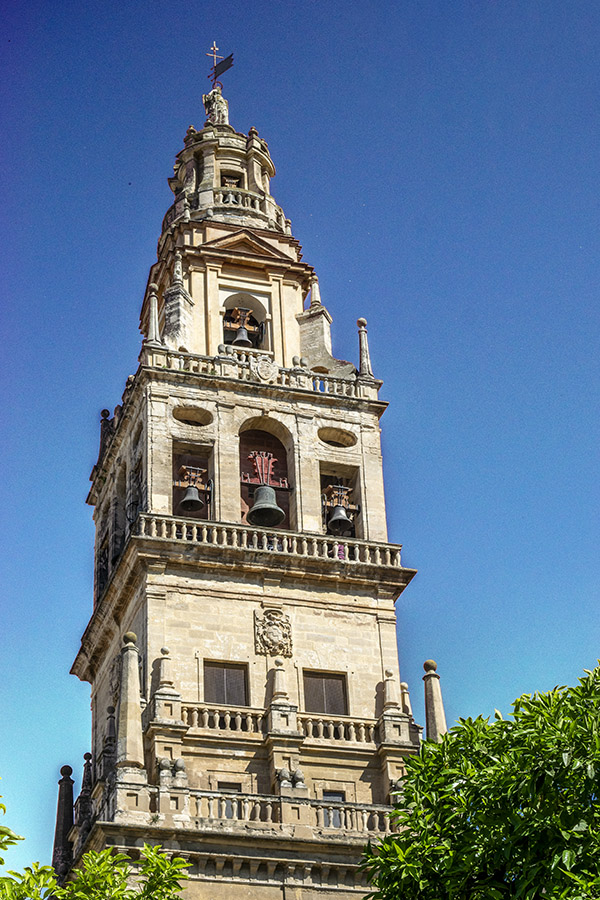
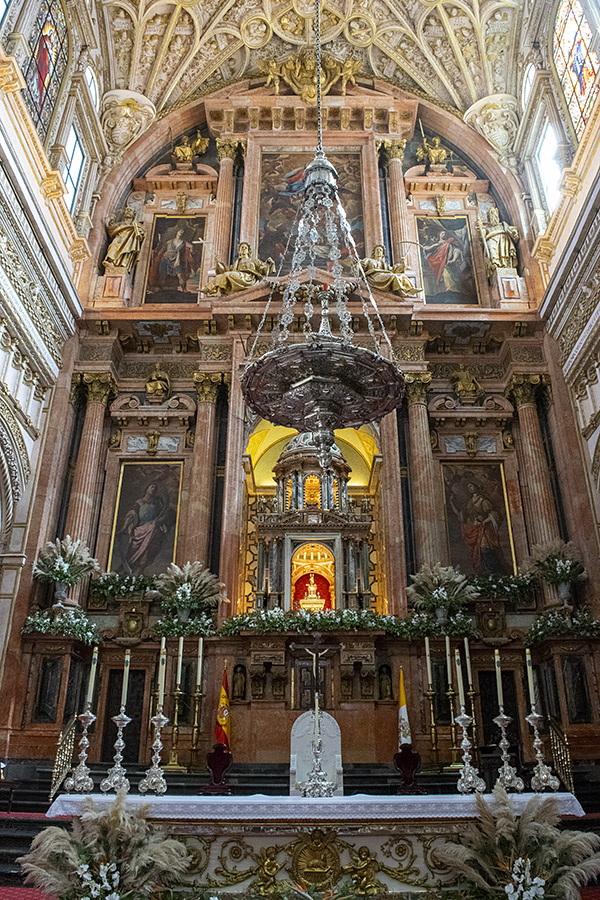
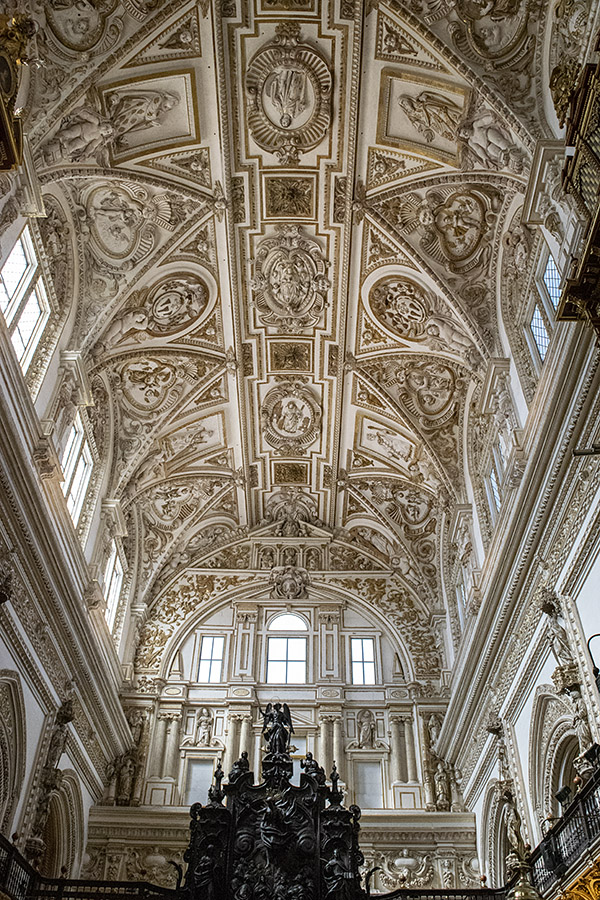
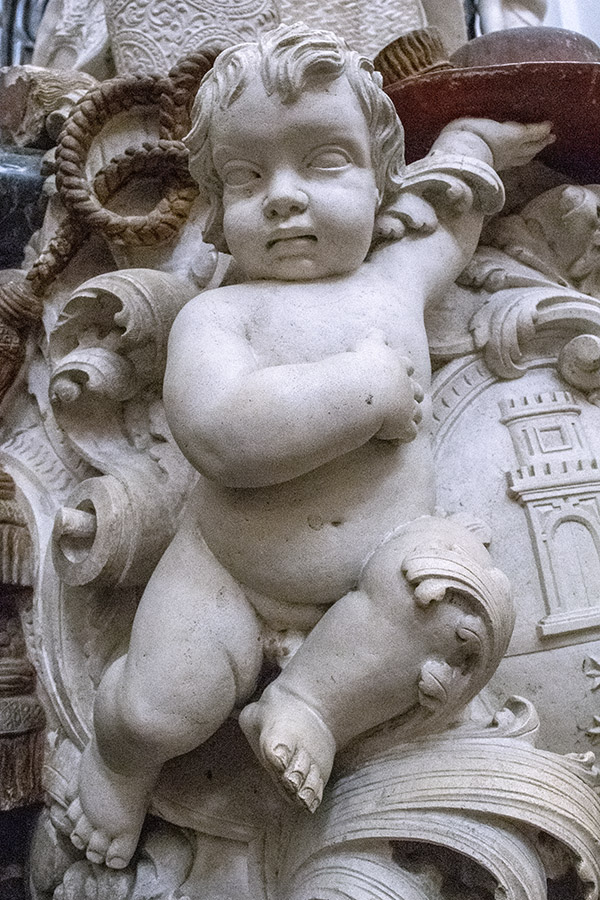
Ferdinand and Isabella lived in Córdoba for a while when they used it as a base of operations to drive the Moors from Spain. It’s also where the Spanish Inquisition took root. Prior to The Inquisition, Cordoba had three synagogues and a sizable Jewish population. Today, only one synagogue remains and it is essentially a tourist attraction. My research indicates no Jews live in Córdoba today.
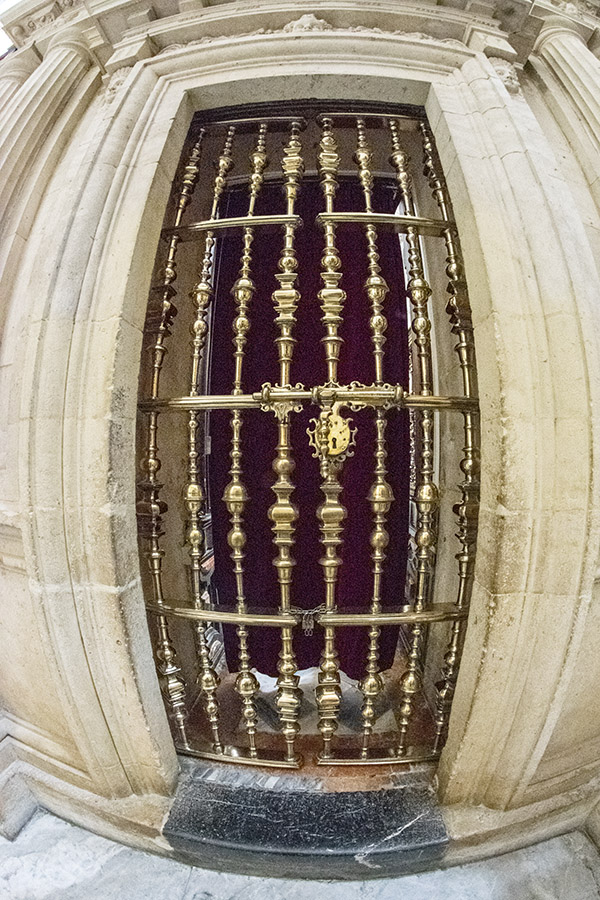
What used to be the Jewish quarter retains the streets of medieval Córdoba outside the Mezquita-Catedral, and today the area is largely a tourist center. Although the streets are not laid out in a grid pattern, the Mezquita-Catedral tower dominates the town and is visible from all directions. It would be difficult to get lost in Córdoba.
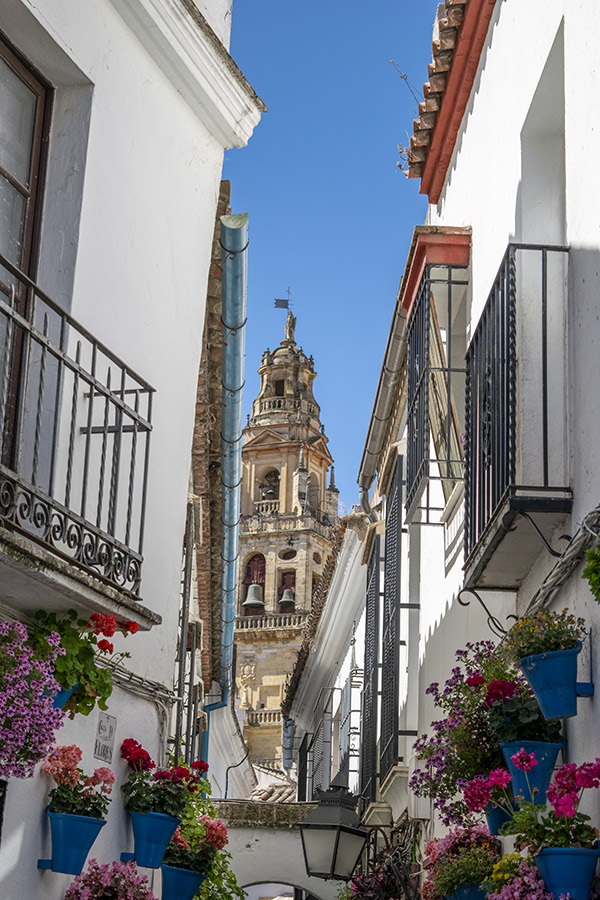
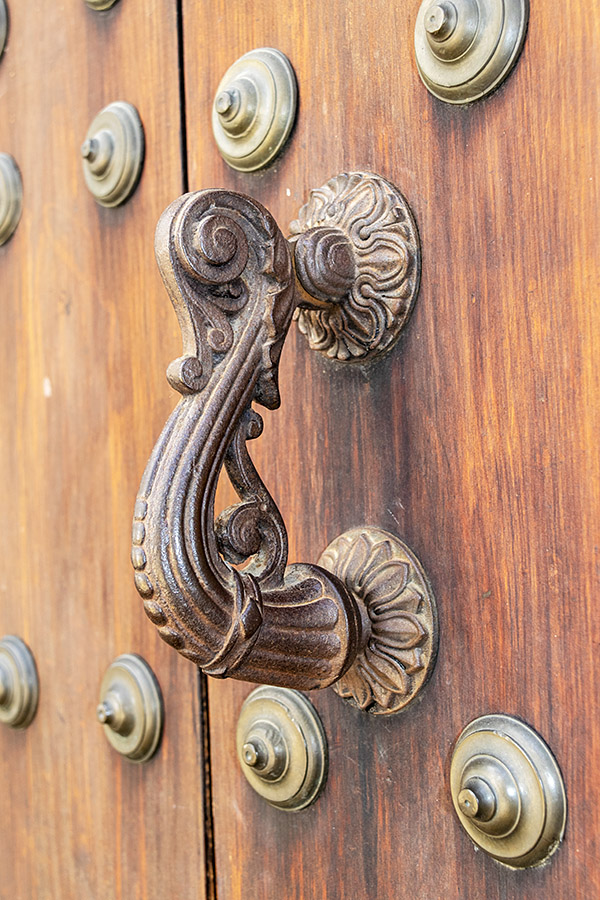
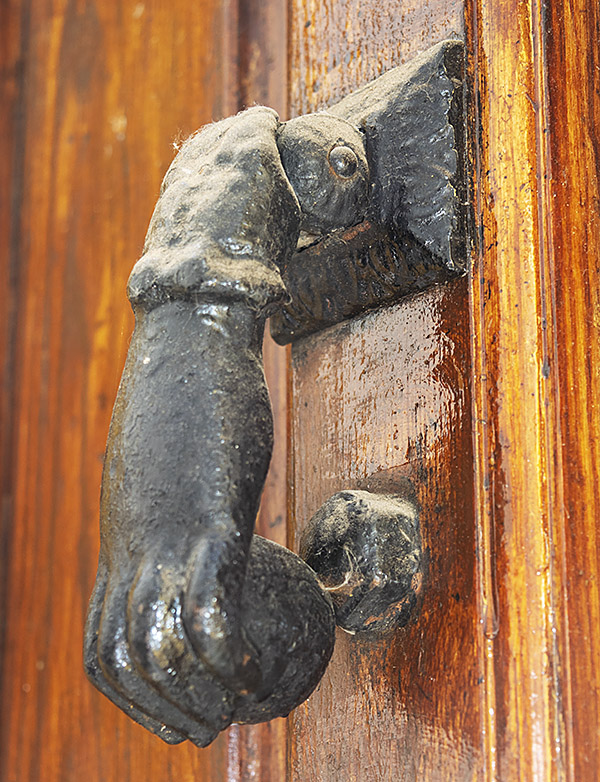
There are many restaurants in Córdoba, and we enjoyed lunch at one. Most of the restaurants have tables in front on the narrow cobblestone streets, and virtually all meals are preceded by complimentary tapas. After having lunch, we wandered around a bit more. There are about a dozen churches in Córdoba, and most go back to medieval times. I watched a family entering one for a wedding.
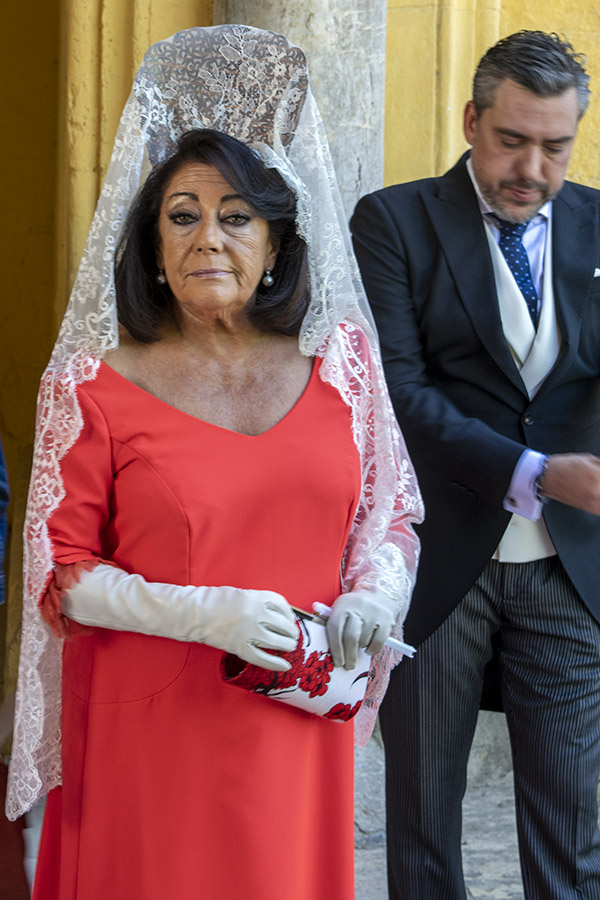
After Córdoba, it was on to Madrid. We traveled on Spain’s high-speed rail, running at speeds of around 220 mph. That was really cool.
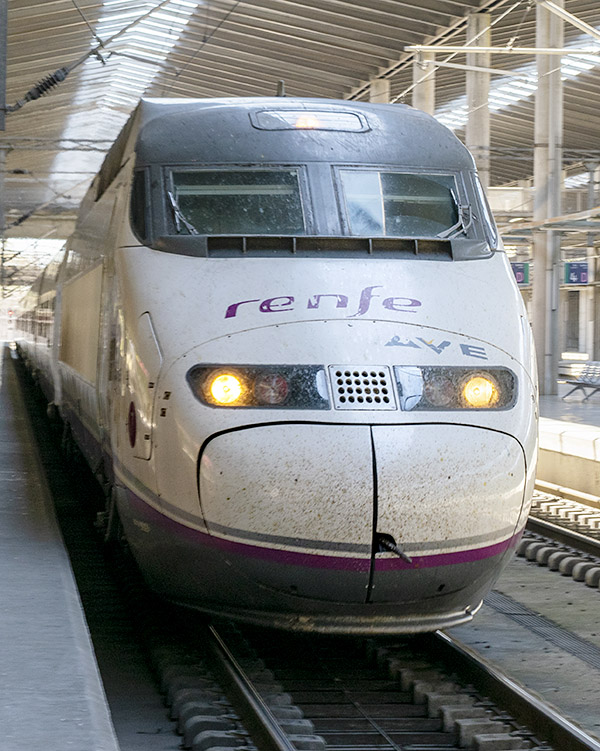
So there you have it: Córdoba. I didn’t see Fernando Llamas nor did I encounter any fine Corinthian leather. But it was still fun, the city’s dark and inhumane history notwithstanding.
Our other Spain and Portugal posts are here:
Spain and Portugal
A Portuguese Norton
Lisbon
Coimbra, Portugal
Granada and the Alhambra
A Spanish Olive Oil Plantation
The Sportster of Seville
Évora
Are you enjoying our stories? Please help support ExhaustNotes to keep the stories coming.



